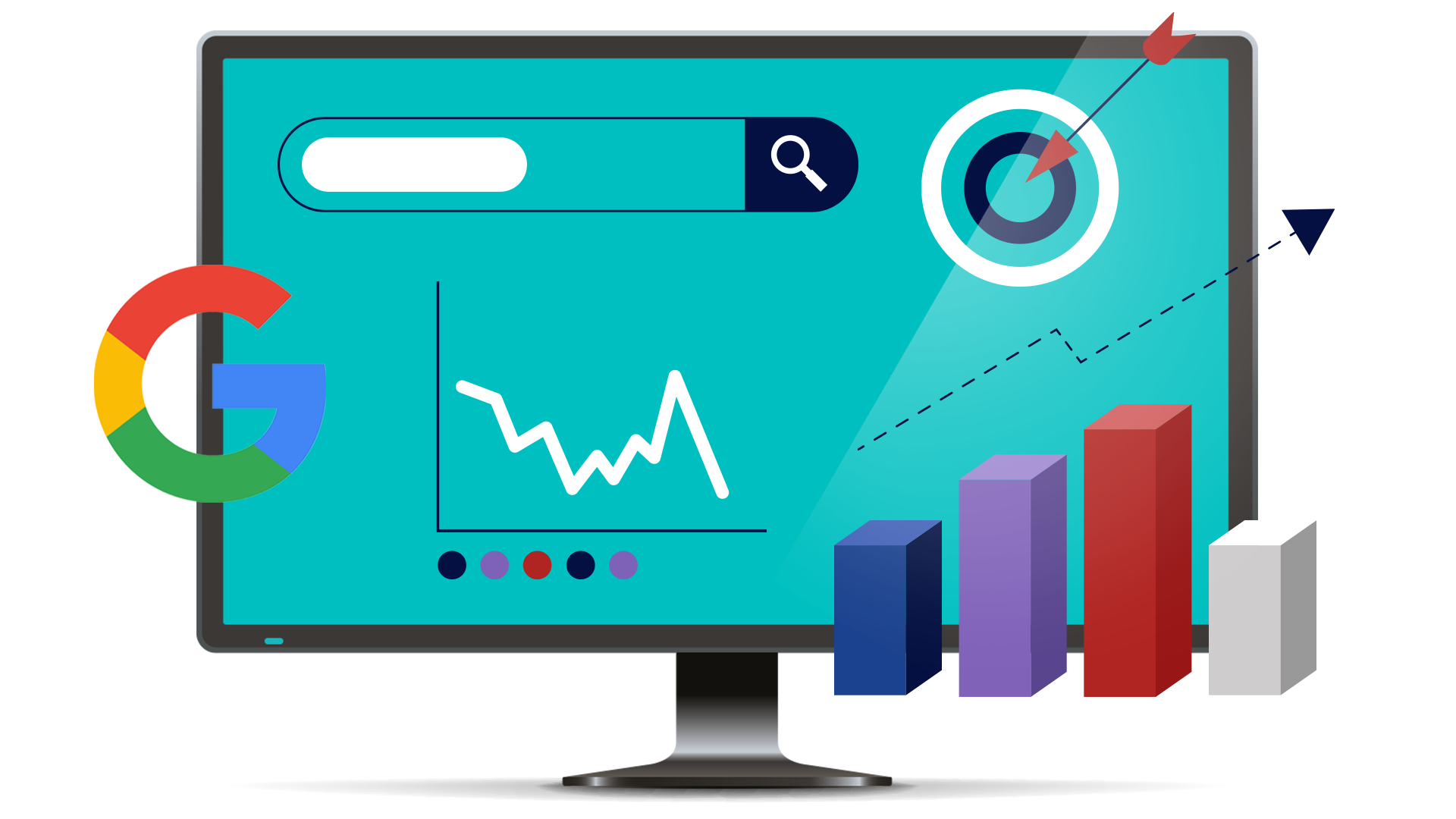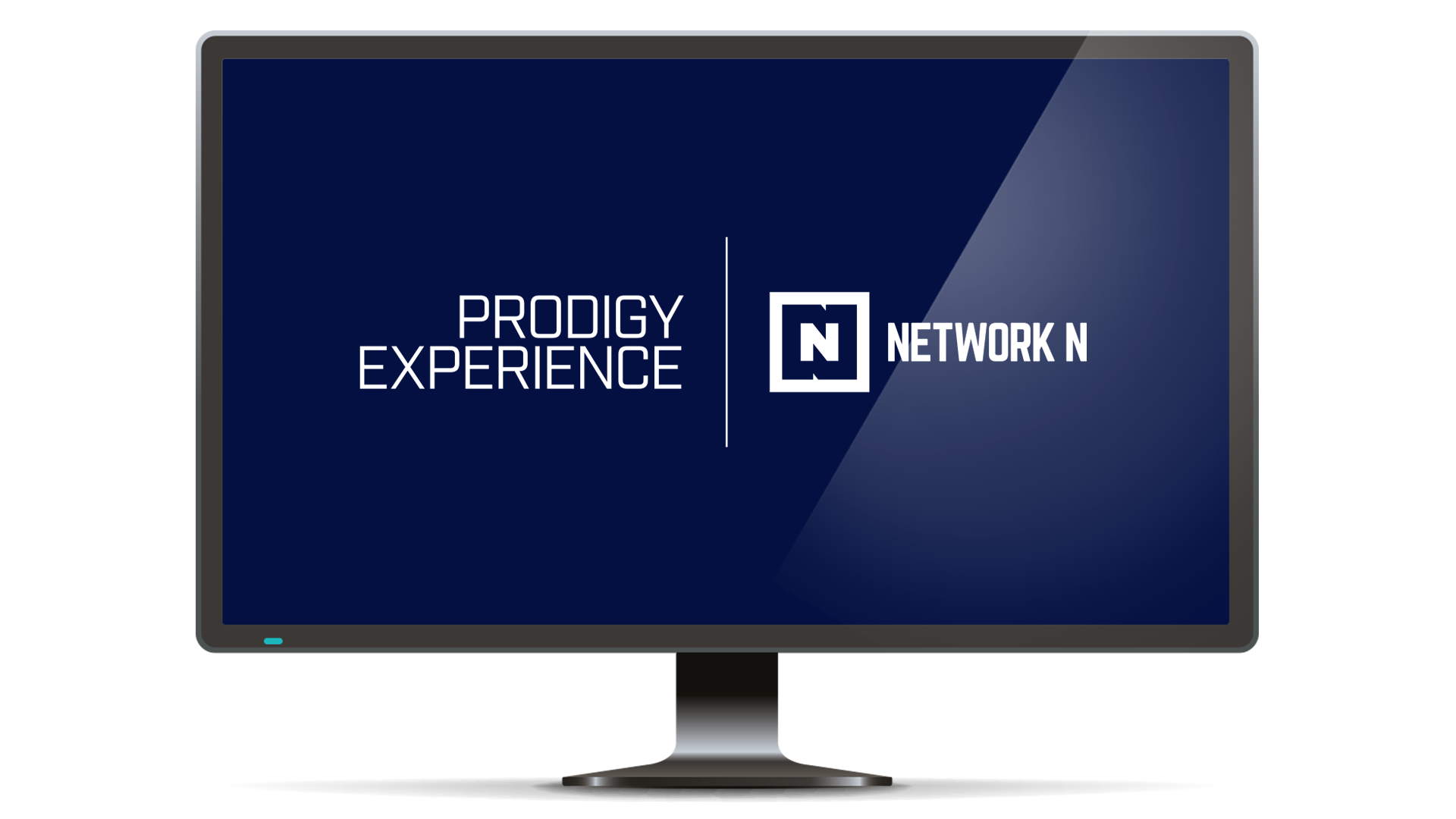What are Core Web Vitals?
No matter if you're running a small indie business or are one of the biggest companies around, you need to get your core web vitals right. Here's everything you need to know to get you started.

If you run a website (or network of websites) big or small, you need to get the fundamentals right if you hope to gain and retain an audience.
In the current age which is dominated by Google, that means ranking as high as possible for the topics and keywords that are important to your business or brand.
There was a time where this was relatively simple – it was all about keywords. Websites more or less just needed to make sure they were using the right keywords, frequently and prominently in order to rank highly in their chosen area. If those words were part of high-quality and relevant content, then all the better.
But today, search engines like Google take a lot more than just the words on the page into account. Google now looks at the more holistic user experience, such as how long images take to load, how interactive a page is and how much the content moves about. These page elements that heavily affect your page ranking are known as Core Web Vitals, and it’s what we are here to talk about.
Core Web Vitals come in a variety of flavours, but we’re going to focus on the ones that we deem most important. To save on confusion, we’re not going to talk about Total Blocking Time (TBT), Time to Interactive (TTI), or Speed Index today, but rest assured we’ll cover them in due time.
Without further ado, let’s take a look at Core Web Vitals and explain a little more about what they mean.
LCP
Largest Contentful Paint (LCP), refers to any text or images that appear “above the fold” such as header images. Every good site needs a strong header image, but if the loading of that image is slowing down the rest of the website, it needs to be optimised. At Publisher Collective, we refine our ad script ad so that they don’t delay the initial loading of the website. We also don’t render block anything, so that headers load smoothly and seamlessly for all users.
FCP
Next up, we have First Contentful Paint (FCP). As the name suggests, this one is about the first content that loads on the page, whether that’s an icon or text. The longer it takes, the lower your page will rank, so make sure that all of these elements are strategically placed and efficient.
FID
Next, let’s talk about First Input Delay (FID). This refers to the time between user interaction and reaction from the page – essentially, how quickly the site responds. You can positively affect this by optimizing the weight of requests from the page as well as the Javascript to minimize influence. At Publisher Collective, we assist this process by reducing the number of dependencies and optimising our code efficiency. This includes removing dead weight and refactoring our code to streamline it.
INP
Interaction to Next Paint (INP) is Google’s newest addition to its Core Web Vitals suite, and will eventually replace FID. Where FID only recorded the first interaction a user makes with the page, INP will record and process each subsequent interaction a user makes. So if someone clicks on a dropdown menu on your site, nothing happens, and they click around or tap a key, those strokes will be recorded as well. Having a good FID doesn’t necessarily mean your INP will be good, as the INP is collecting more data on your site.
CLS
Finally, there’s Cumulative Layout Shift (CLS). This refers to the amount of shifting and moving going on on the page. This is usually a result of different elements on the page loading at different times and ends up creating that annoying effect where your eyes have to dart around the page. It’s especially irritating when it’s an ad that’s causing the issue.
That’s where Publisher Collective comes in. Our Big Format Ad (BFA V2) loads incredibly quickly and we reserve the space, which causes no adverse effects to other elements on the page. With this technology, you can implement high-impact large-format ads, without negatively affecting your pages’ performance or ranking.
Now that you’ve got the basics of Core Web Vitals down, you should be ready to start assessing how well your website measures up. We recommend using the online service Lighthouse – in addition to Google Analytics – to keep track of the health of your site’s vitals. For more information or to enlist our services to help you improve your offering, get in touch with Publisher Collective today.

